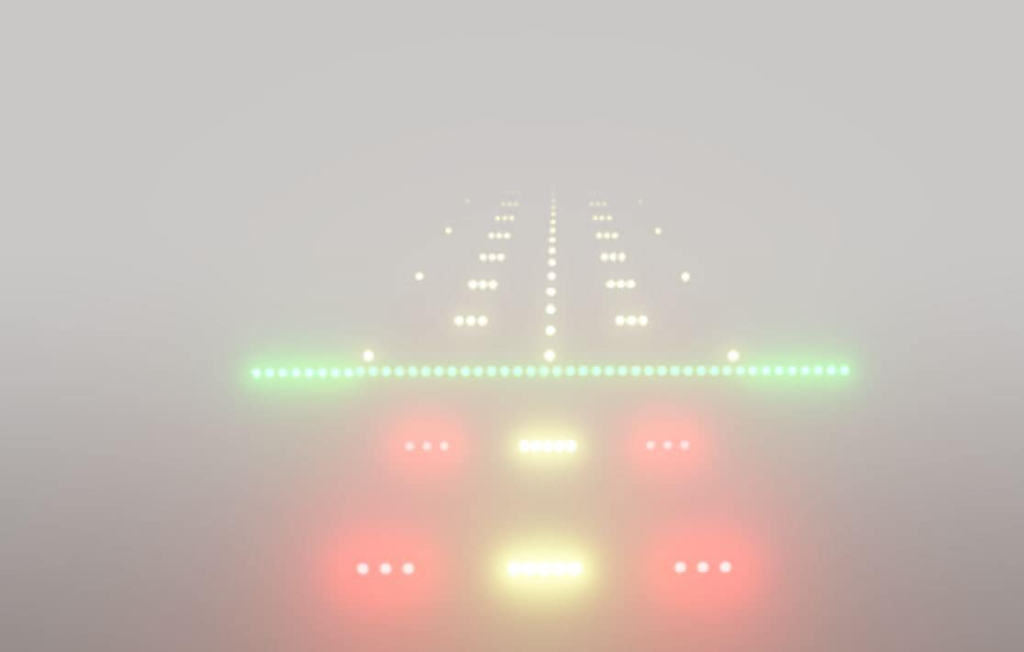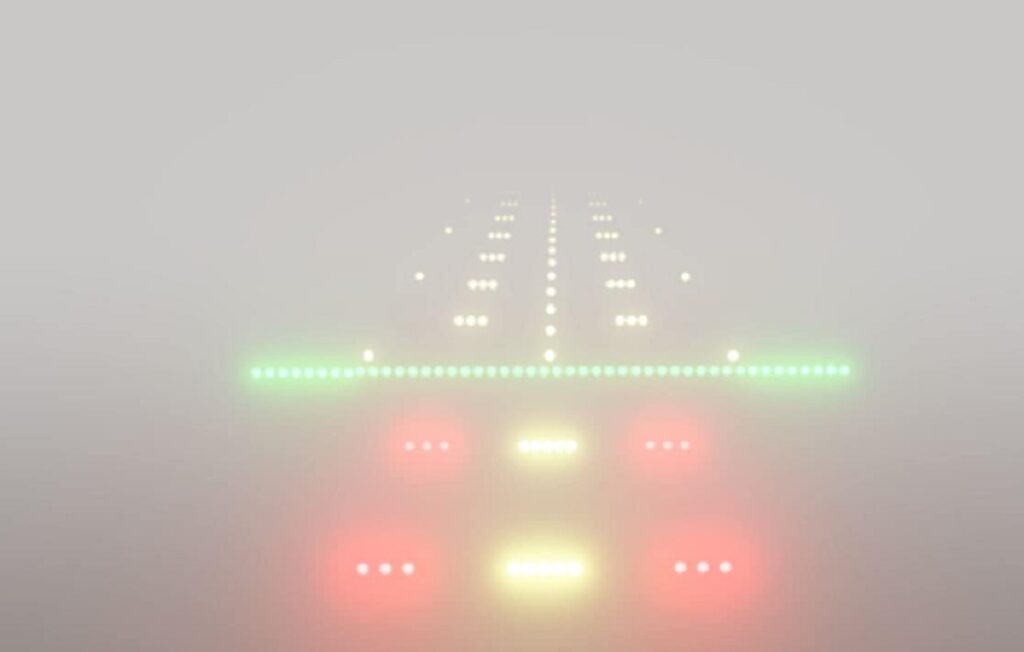
Categories of Instrument Landing Systems (ILS)
The ILS is categorized into three different categories: CAT I, CAT II, and CAT III. CAT III is further divided into three subcategories: CAT IIIa, CAT IIIb, and CAT IIIc. Each category has specific requirements and limitations regarding visibility and decision heights (DH). CAT IIIb and CAT IIIc allow for lower visibility and decision heights compared to CAT IIIa.
Decision Height (DH)
Decision Height refers to the altitude at which the pilot must make a decision to either continue the approach and land or execute a missed approach if the required visual references are not established. In CAT III operations, the decision height can be as low as 50 feet (CAT IIIa) or even zero feet (CAT IIIb and CAT IIIc).
Fail-Operational and Fail-Passive Systems
CAT III landing systems are designed to be fail-operational or fail-passive. A fail-operational system means that even if one component fails, another component takes over automatically to maintain the system’s functionality. A fail-passive system, on the other hand, means that if a component fails, the system provides a warning to the pilot, and they must take control of the aircraft manually.
Redundancy and Reliability
CAT III landing systems are built with redundancy to ensure high levels of reliability. Multiple sensors, instruments, and systems are used to cross-check and validate the information provided to the pilot. This redundancy helps minimize the risk of false or misleading data and ensures the accuracy of the guidance system.
Aircraft Requirements
For an aircraft to perform CAT III operations, it must be equipped with specialized avionics and autoland capabilities. These include advanced flight management systems, autoland systems, and specific aircraft configurations that meet the regulatory requirements for CAT III operations.
Airport Infrastructure
Airports supporting CAT III operations require specific infrastructure to enable safe landings in low visibility conditions. This includes precise runway lighting systems, such as high-intensity approach lighting, runway centerline lights, and touchdown zone lighting. Additionally, the runway surface must meet specific friction requirements for optimal braking performance.
Working Method Behind CAT III

It’s important to note that CAT III operations are highly regulated, and pilots and aircraft must undergo rigorous training and certification processes to ensure safe operations in low visibility conditions. The CAT III landing system has significantly improved aviation safety by enabling aircraft to operate and land in challenging weather conditions that would otherwise lead to flight cancellations or diversions.
The CAT III (Category III) landing system is a system that allows aircraft to land safely in conditions of very low visibility, such as heavy fog or darkness. The system uses a combination of instruments and technology to guide the aircraft to the runway, including:
ILS (Instrument Landing System)
This system uses radio signals to provide the aircraft with information about its position relative to the runway, including the glideslope (vertical alignment) and the localizer (horizontal alignment).
MLS (Microwave Landing System)
This system uses microwave signals to provide the aircraft with precise position information, including the distance to the runway threshold and the height above the runway.
Ground-based radar
This system uses radar to provide the aircraft with information about its position relative to the ground, including the altitude, speed and heading.
Autoland systems
These systems use a combination of the above instruments and technology to automatically guide the aircraft to the runway and execute a safe landing, even in conditions of very low visibility.
The CAT III landing system is typically used at airports that have a high volume of traffic and/or a high risk of low visibility conditions, such as airports located near the coast or in areas with high levels of fog. It is also used in military and commercial aircraft to increase safety and reduce the risk of accidents.




![✈️ Private Pilot License (PPL) Cost Breakdown in 2025 [USA Edition]](https://aeropeep.com/wp-content/uploads/2025/05/image-24-300x200.png)

